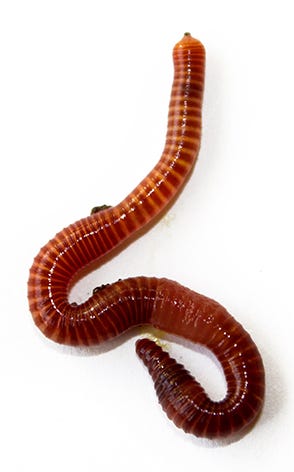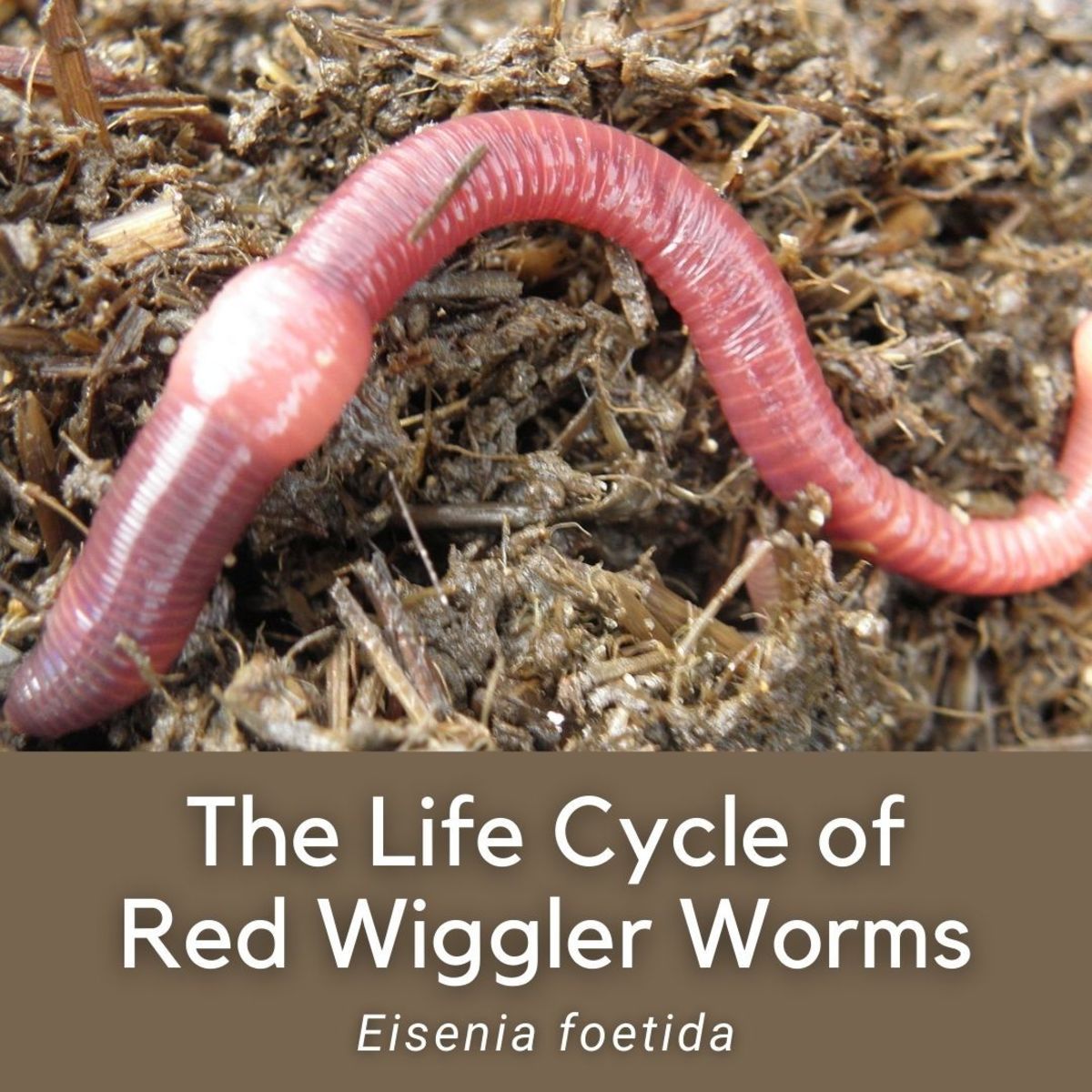Buy Red Wiggler Worms - Perfect for Composting and Horticulture
Buy Red Wiggler Worms - Perfect for Composting and Horticulture
Blog Article
Maximizing the Advantages of Red Wiggler Worms: A Comprehensive Guidebook for Home Gardeners and Urban Farmers
In the realm of sustainable gardening practices, red wiggler worms stand as unrecognized heroes, silently transforming natural waste into nutrient-rich castings that can function marvels for soil health and wellness. As home garden enthusiasts and metropolitan farmers increasingly seek cost-efficient and ecologically friendly ways to enhance their yards, the possible advantages of taking advantage of the power of red wigglers can not be overstated. From lessening cooking area waste to cultivating healthier plants, the use of these humble animals provides a myriad of benefits. By discovering the ins and outs of just how to efficiently take care of and make the most of the benefits of red wiggler worms, individuals can unlock a riches of chances for boosting the sustainability and efficiency of their gardening ventures.
Understanding Red Wiggler Worms
Red Wiggler worms, renowned for their reliable composting abilities, are a types of earthworms commonly made use of in vermiculture practices. These worms, clinically referred to as Eisenia fetida, thrive in rotting organic material, making them perfect prospects for composting (Red Wiggler Worms). Red Wigglers are voracious eaters, with the ability of consuming their very own weight in natural waste daily. Their digestive system process breaks down organic matter right into nutrient-rich spreadings, which are an important source for improving dirt and promoting plant growth.
One trick feature of Red Wiggler worms is their reproductive price. These hermaphroditic animals have both male and women reproductive organs, enabling them to duplicate rapidly under beneficial problems. A fully grown Red Wiggler can generate multiple children in a brief period, guaranteeing a constant population within a composting system.

Setting Up a Worm Bin
When developing a worm bin for vermiculture purposes, proper preparation and interest to detail are crucial for creating a conducive environment for Red Wiggler worms. Begin by selecting a suitable container for your worm bin.

Place the worm container in a cool, dark location away from straight sunlight and extreme temperatures. By following these steps, you can establish up a prospering worm bin that will efficiently refine organic waste into nutrient-rich vermicompost for your yard.
Feeding and Preserving Worms
Making certain a nourishing and balanced diet regimen is important for the health and productivity of Red Wiggler worms in a vermiculture system. It is important to avoid feeding them citrus fruits, onions, garlic, dairy products, meat, and oily foods as these can be damaging to the worms or trigger undesirable odors in the bin.
Correct dampness levels are also important for the well-being of Red Wiggler worms. By vigilantly monitoring their diet plan, wetness, and ecological problems, home garden enthusiasts and urban farmers can sustain a healthy and balanced and effective Red Wiggler worm populace for composting purposes.
Harvesting Worm Castings
To successfully remove nutrient-rich worm spreadings from the vermicompost, a systematic harvesting procedure is essential for maximizing the composting advantages. The initial action in gathering worm castings is to motivate the worms to migrate to one side of the bin.
After the castings have actually been harvested, it is essential to separate any type of remaining worms from the spreadings to stay clear of damaging them during storage space or application. One reliable technique is to develop cone-shaped stacks of spreadings under brilliant light. Worms will instinctively move far from the light, permitting very easy separation right here and removal.
Last but not least, the gathered worm castings need to be saved in a cool, dark, and completely dry area to keep their quality and performance as a nutrient-rich dirt amendment. By site here following these steps, home garden enthusiasts and metropolitan farmers can make best use of the benefits of red wiggler worms in their vermicomposting systems.
Utilizing Worm Castings in Horticulture
The incorporation of nutrient-rich worm castings into yard soil can dramatically enhance plant development and total dirt wellness. Worm castings, also referred to as vermicast, are an all-natural plant food generated by red wiggler worms as they damage down organic matter. These castings are abundant in important nutrients like nitrogen, phosphorus, potassium, and advantageous microbes that promote plant development and enhance dirt framework.
When using worm castings in gardening, it is necessary to blend them extensively into the soil or use them as a top clothing around plants. The slow-release nature of worm spreadings makes certain a stable supply of nutrients to plants with time, reducing the risk of nutrient leaching and advertising lasting dirt fertility. In addition, worm castings help enhance soil oygenation, water retention, and microbial activity, producing a healthy setting for plant roots to grow.

Conclusion
In verdict, the application of red wiggler worms in home horticulture and city farming can significantly benefit dirt health and plant growth. By comprehending exactly how to establish up and maintain a worm container, feed the worms appropriately, and collect their nutrient-rich castings, garden enthusiasts can make the most of the advantages of these earthworms.
In the world Recommended Site of lasting gardening methods, red wiggler worms stand as unsung heroes, quietly changing natural waste into nutrient-rich spreadings that can function wonders for soil health.When developing a worm container for vermiculture functions, appropriate preparation and attention to information are essential for developing a helpful atmosphere for Red Wiggler worms. The very first step in collecting worm spreadings is to motivate the worms to migrate to one side of the bin. Worm spreadings, additionally understood as vermicast, are an all-natural fertilizer produced by red wiggler worms as they damage down natural matter. By comprehending exactly how to set up and maintain a worm container, feed the worms effectively, and collect their nutrient-rich spreadings, garden enthusiasts can take full advantage of the advantages of these earthworms.
Report this page